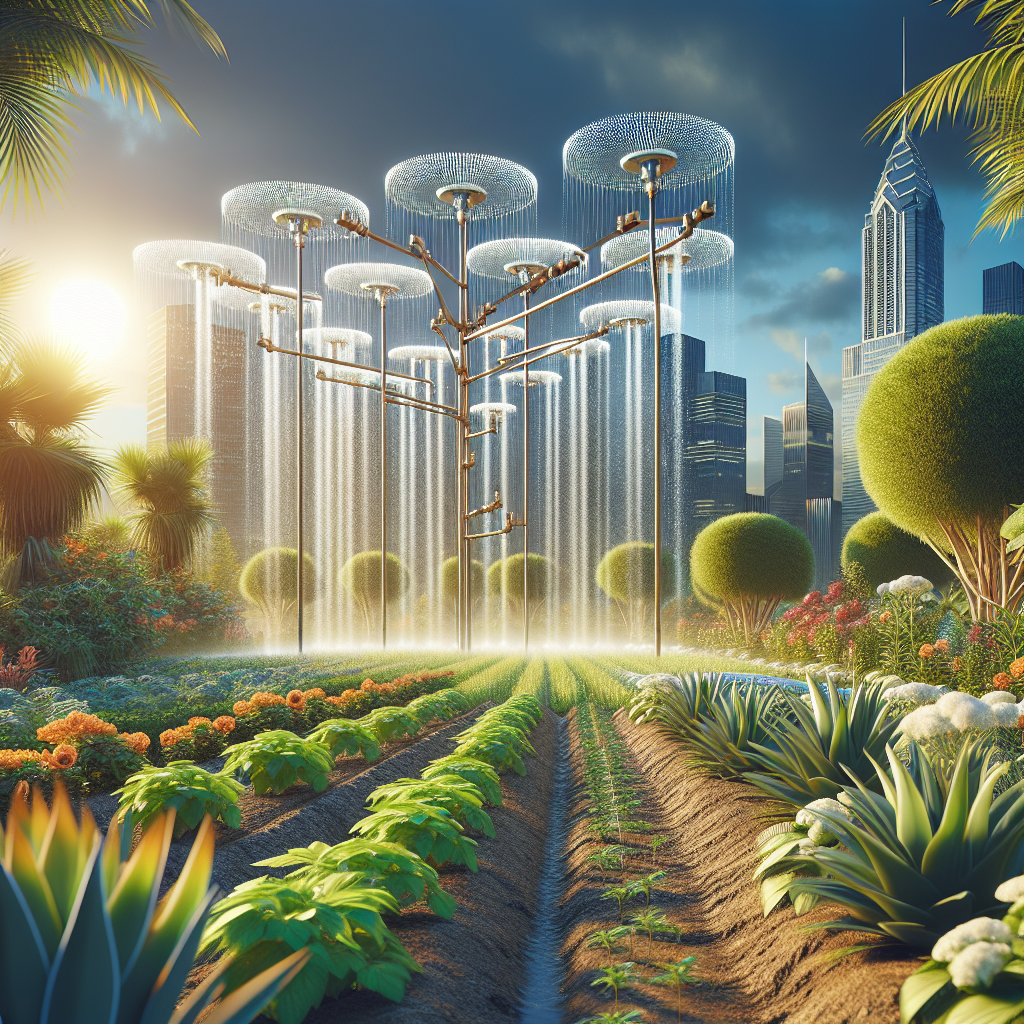Gardening has always been a beloved pastime for many people, providing not only a source of relaxation and enjoyment but also a way to connect with nature and produce fresh, healthy food. However, with the increasing demands on water resources and the challenges of climate change, traditional gardening practices are becoming less sustainable. This has led to a growing interest in alternative irrigation techniques that can help conserve water and promote healthy plant growth. One such technique that is gaining popularity is slow drip irrigation.
Slow drip irrigation is a method of watering plants that involves delivering water directly to the roots through a network of tubes or pipes with small openings. This allows for precise control over the amount of water delivered to each plant, minimizing waste and reducing the risk of water runoff. By providing a steady supply of water to the roots, slow drip irrigation helps plants grow healthier and stronger, resulting in higher yields and better quality produce.
One of the main advantages of slow drip irrigation is its efficiency in water usage. Traditional sprinkler systems can lose up to 50% of the water they deliver through evaporation or runoff, whereas slow drip irrigation can reduce this loss to as little as 5%. This not only conserves precious water resources but also helps save money on water bills. In addition, slow drip irrigation can be easily automated with timers or sensors, ensuring that plants receive just the right amount of water at the right time.
Another benefit of slow drip irrigation is its versatility and adaptability to different types of plants and growing conditions. Whether you have a small backyard garden or a large commercial farm, slow drip irrigation can be customized to meet your specific needs. It works well for both potted plants and raised beds, as well as for row crops and orchards. By adjusting the flow rate and placement of the hoses, you can tailor your watering system to suit the requirements of each individual plant.
In addition to conserving water and promoting healthy plant growth, slow drip irrigation also helps reduce weed growth and minimize soil erosion. Traditional overhead sprinklers can splash water onto leaves and stems, creating ideal conditions for weed seeds to germinate. By delivering water directly to the roots, slow drip irrigation deprives weeds of moisture and nutrients, making it easier to control their growth. Furthermore, because the soil is kept consistently moist but not saturated, there is less risk of erosion from heavy rain or watering.
The rise of slow drip irrigation techniques is also driven by advancements in technology that make it easier and more affordable than ever before. There are now many different types of drip emitters, hoses, connectors, filters, timers, and controllers available on the market that cater to all budgets and needs. Whether you are looking for a simple DIY setup or a sophisticated automated system for a large-scale operation, there are options out there to suit your requirements.
One popular innovation in slow drip irrigation technology is the use of soaker hoses or porous pipes that release water along their length at regular intervals. These hoses are buried under mulch or soil near plant roots, delivering moisture directly where it is needed most. Another option is micro-irrigation systems that use tiny emitters or drippers placed near individual plants for precise watering control.
As more gardeners embrace sustainable practices in their gardening efforts, slow drip irrigation has become an integral part of modern gardening techniques. Its benefits extend beyond conserving water resources; it also promotes healthier plants with higher yields while reducing maintenance tasks such as weeding and soil erosion control.
In conclusion,…
The future of gardening lies in adopting innovative techniques like slow drip irrigation that help conserve resources while promoting healthy plant growth.
Overall,…
Slow-drip Irrigation techniques are proving themselves as effective methods being utilised across multiple sectors within agriculture due their efficiency in use an d manageable scale
…













